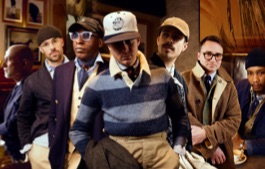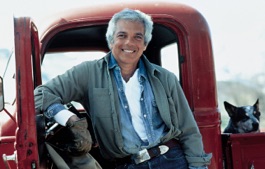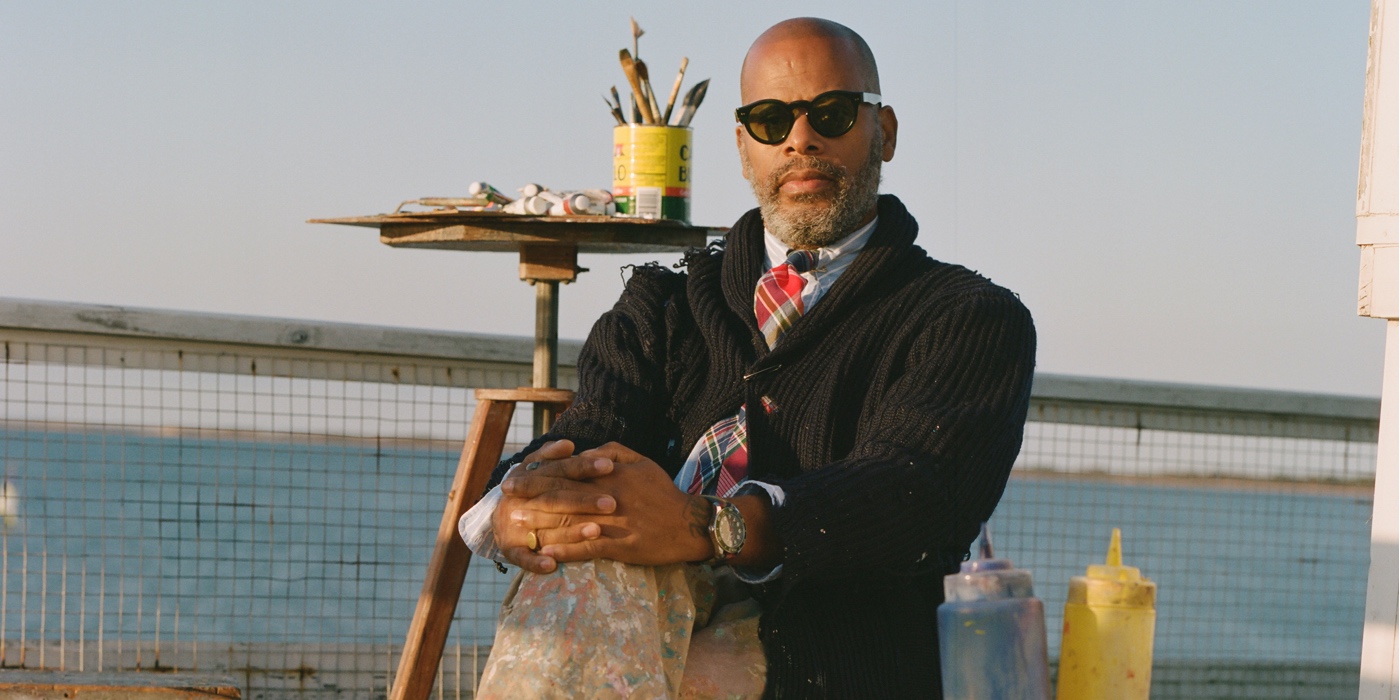
The RL Q&A: Ali Richmond
An artist, collector, and style icon, the creative force is also the cofounder of Fashion for All, a nonprofit dedicated to equality and diversity in the fashion industryIf a competition existed for best real-life Zoom background, Ali Richmond would likely take home gold.
From his apartment in Brooklyn, the multihyphenate creative sits flanked by one of his own large-scale pieces—a unique mélange of scratched paint and faded wallpaper in shades of blue and grey set in a gilded frame. To his right, a simple but ancient-looking ceramic vase is artfully set on a tall concrete shelf. And that’s to say nothing of Ali’s outfit—front and center—which is just as artful.
Much has been written about the artist-cum-creative-director-cum-stylist’s stunning collection of vintage clothes. During our conversation, he flips through racks of ’90s-era Polo, Ralph Lauren Western denim, turn-of-the-century workwear, serape blanket cardigans, Victorian capes, fringe suede Southwestern jackets, and ’50s collegiate sweaters. And that’s just one room of the many that make up his personal vintage library. A man of unceasing creativity, his endeavors take all kinds of forms: fashion styling, interior design, visuals installations, sculpture, painting, and photography.
And that’s all before adding Ali’s Fashion For All Foundation—a nonprofit dedicated to equality and diversity in the industry, which he cofounded with stylist and activist Hannah Stoudemire in 2016.
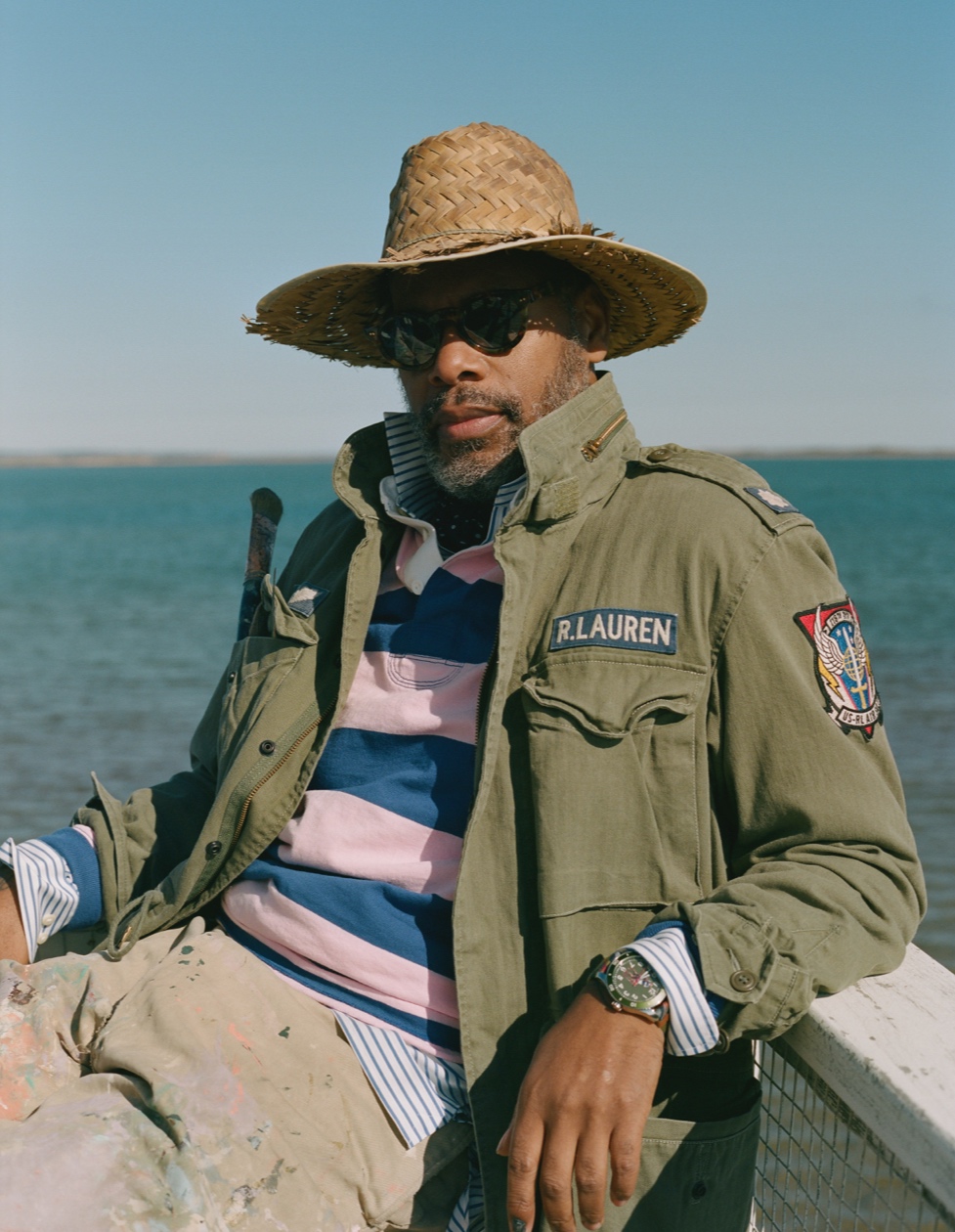
This season, he also served as a model for Polo’s Spring collection, photographed at the Art Barge in the Hamptons—a retired Navy barge from WWII, now set on the shore of Amagansett and home to classes, workshops, and conversations put on by the Victor D’Amico Institute of Art. Below, Ali’s thoughts on his art, his style, and the singular joy of the perfect vintage find.
You’re a true multitalented creative—you’ve got a successful fashion consulting business, a massive library of vintage clothing, an art practice, a nonprofit foundation, and a former career in the music industry. How do you define yourself today?
Honestly, I don’t call myself an artist. That’s for other people to decide. It’s easy to classify me as an artist, and I do use it as a convenience, sometimes, because it’s easier than saying, “I’m Ali, and I’m into this, and that, and this,” and it doesn’t limit me to any particular thing. And I do paint, and I do make sculptures, and I do make installations, and all these different artistic things.
But it’s not for me to say that I’m an artist—that’s for the viewer, the person who’s going through the experience. I’m just a sharer. I have all these things that I’ve collected and made, and I’m finally at a place where I can share them. Ultimately, I’d say that I’m in pursuit of beauty at all times, and I’m a problem solver.
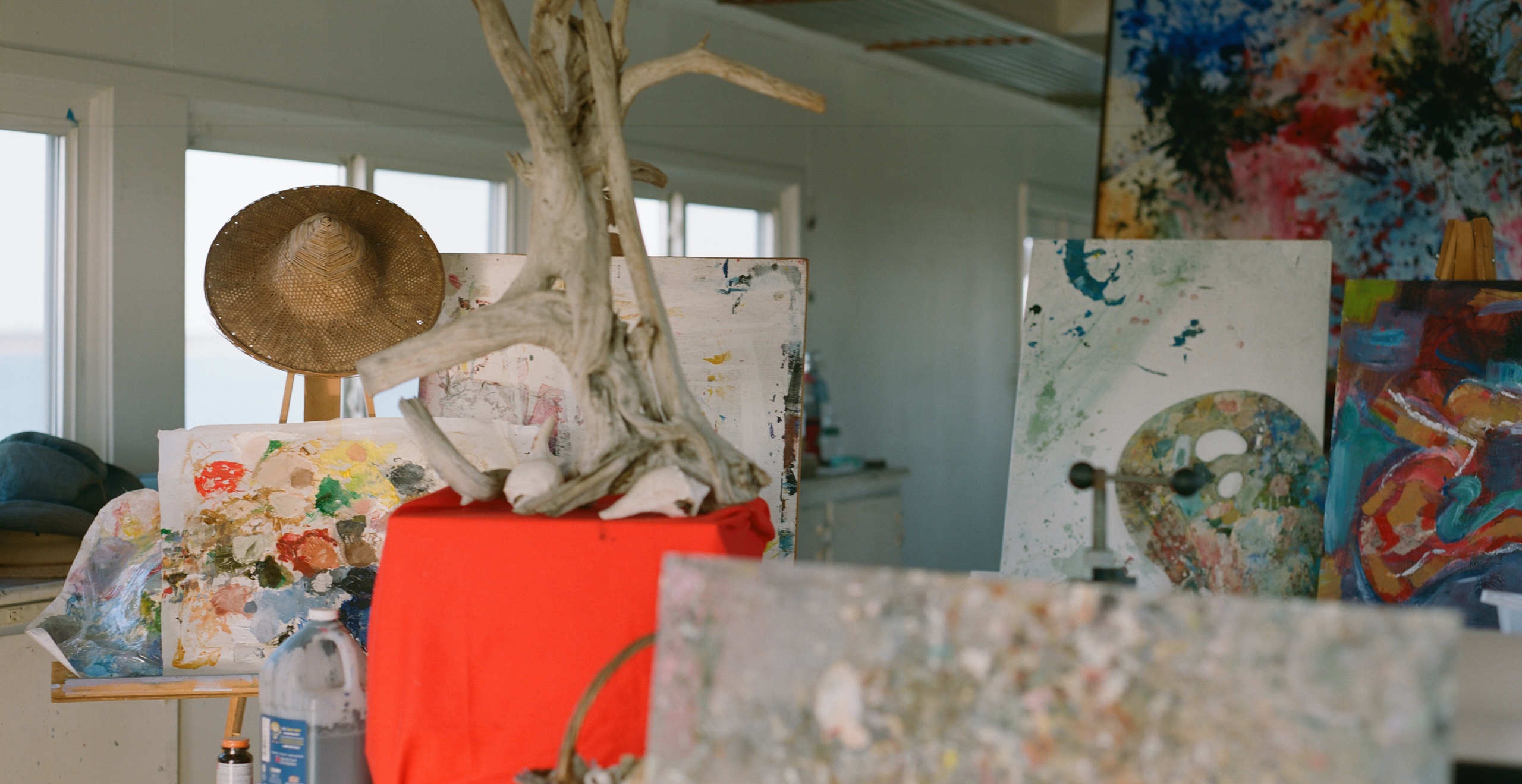
Are there any key themes that you’d say you often come back to in your work?
My art is based on giving inanimate objects life. Whether that’s something that I buy or something that I make, like this painting behind me, for example—it’s from a show that was based on a man who lives alone. You don’t know where it is, in the future or in the past, but you know that there was, at one point, a lot of life in it. Almost like Grey Gardens. Each painting was a room, and this was the dining room. Underneath the painting, it’s actually a super expensive cloth wallpaper. But over the years, there have been layers of paint added over it. The last one was this bad, glossy layer. But if you peel parts of that off, you can start to see all the different layers, and then you get to a beautiful, cloth flower wallpaper.
That idea of age, observation, and giving inanimate objects life—that’s really what’s behind my art. I love beautiful things, but I’m not going to paint a bowl of fruit or a horse. I think what I create is beautiful both because of the colors, and all that, but also because of the feeling it evokes. Sometimes the feeling is really what’s beautiful.
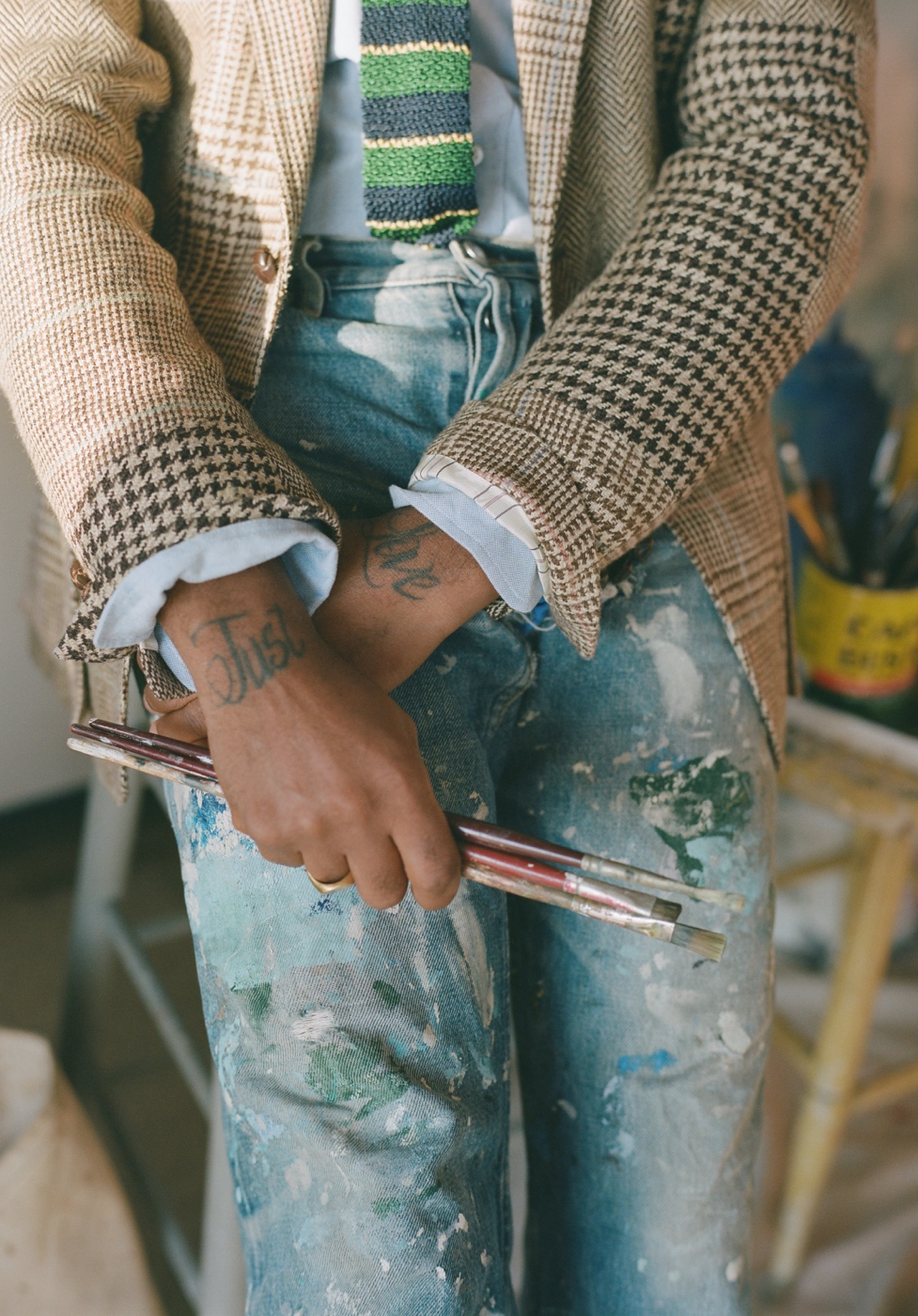
Do you think that appreciation of beauty is what draws you to clothes, too?
There’s no split between church and state. It’s all one. It’s art, it’s fashion, it’s furniture, it’s everything.
Where do you think your style and artistic eye come from?
Man, I don’t even know. Some people believe in past lives ... Maybe that’s it. But this reminds me how Larry Poons, the artist, was once asked about how he could teach someone about his art and aesthetics. And he replied, “You can’t teach someone how to see.”
I’ve always had interests, from a very young age. I was cognizant of how I looked and what I was wearing from the first grade—maybe, being a kid, you can’t really control much, and this was one thing I could control. I remember in the third grade, I told my friends what I was going to wear on the first day of school for the fourth grade: some Nike Turfs, a pair of Levi’s, and a yellow Polo shirt with a green Polo Player. From then on, I was just very aware of dressing. I learned a lot from my brother, my aunt, and my grandmother, too. They were all stylish.
Speaking of style influences: Who were yours, aside from your family?
When I was 13, I met one of my really good friends, Taz Arnold. His father, Mr. Arnold, was one of the most stylish people I’ve ever met. If you look at photos of Mr. Lauren from the ’70s—the Santa Fe Westernwear, the tuxedos with denim, the black turtleneck and driving gloves with the black Porsche—that’s who this guy was, and still is. He had all the clothes, he had all the cars, everything. Except he was modeling himself after Miles Davis from the ’50s and ’60s.
At that time, in the ’90s, Taz and I were wearing the big, graphic Polo stuff, all oversize and baggy. Mr. Arnold loved Ralph Lauren, but he liked the simpler things, and he would tell us, “It’s not about the logos. You’re going to grow out of all that. It’s not about people knowing what you’re wearing; it’s about the fabric, the cut, and the fit. Your clothes are too damn big. Start getting things that fit you, and then you’ll see.” And it wasn’t just clothes. He taught us about the complete lifestyle—art, books, furniture. How it’s not just about what you wear. It’s about your entire life’s aesthetic.
It was like they say: “When the student is ready, the master will appear.”
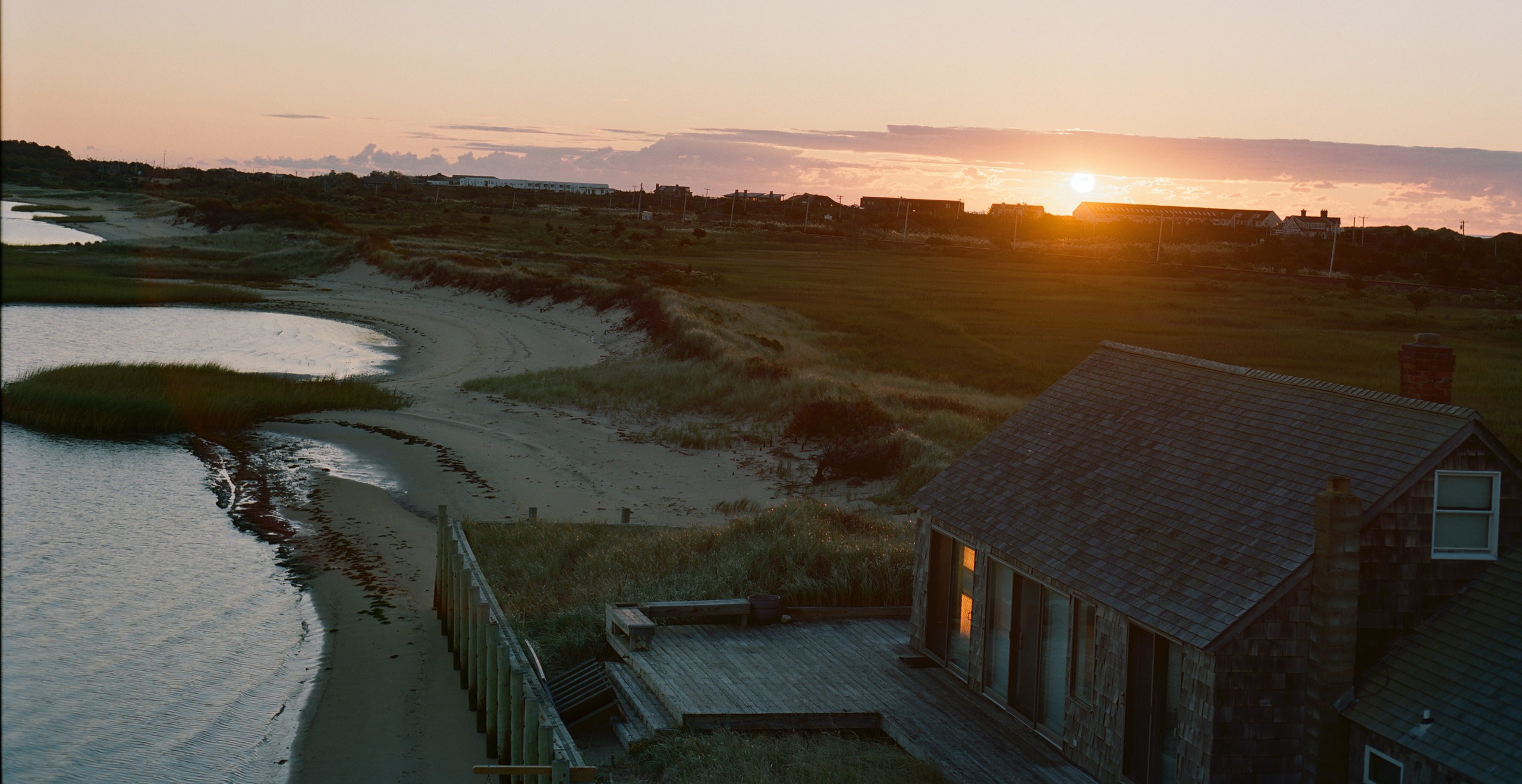
And now, you’re an inspirational fashion figure in your own right—and a model for this spring’s Polo collection. How was the shoot?
It was a great shoot. The whole team was great. I got the chance to hang out with Rashid, too, and he’s a legend. He was one of the first Black male models for Ralph Lauren, and he was so kind. I learned a lot from him; our conversation was almost like an interview.
I grew up seeing all these epic Ralph Lauren shoots, and to be part of one myself—there on the beach with a Jeep, and in the Art Barge, and everything—I just thought to myself, “Wow. This is cool.” You maybe can’t tell I was having fun because I’m not smiling in the pictures, but I had a great day!
That paint-splattered cardigan sweater you wore on the shoot, that’s from your own huge collection of vintage clothes. Can you tell me about it?
This is something I wear almost every day. It’s from the ’50s and was originally a naval kind of design that felt almost like a peacoat—it had really big toggle buttons, but they came off. I’ve had it for maybe 15 years, and it’s worn in beautifully. I’ve painted in it, and gotten some paint on it, and now it’s like my Linus blanket.
What about the rest of your vintage collection. How did you start building it?
I have a massive vintage collection, which includes a lot of Ralph Lauren from the ’60s to the ’90s, plus a lot of other stuff that predates Ralph Lauren. It started with a friend of mine, who had a jazz record store for rare stuff—if you want an original Blue Note record, that’s where you go. Plus stuff like Black Panther memorabilia and first-edition James Baldwins. When I was 18, I worked there. And we would shop at thrift stores, Goodwill, people’s garages, the Pasadena flea market, wherever, for jazz records.
I grew up going to flea markets, but my mom and I would only buy antiques there. Never clothes. But shopping for records—at this point I’m into clothes, I’m wearing Ralph Lauren while I’m shopping. And if I saw things that were good, I bought them. Always. That’s how my collection really started. I knew what these things were, and I couldn’t pass up that beauty.
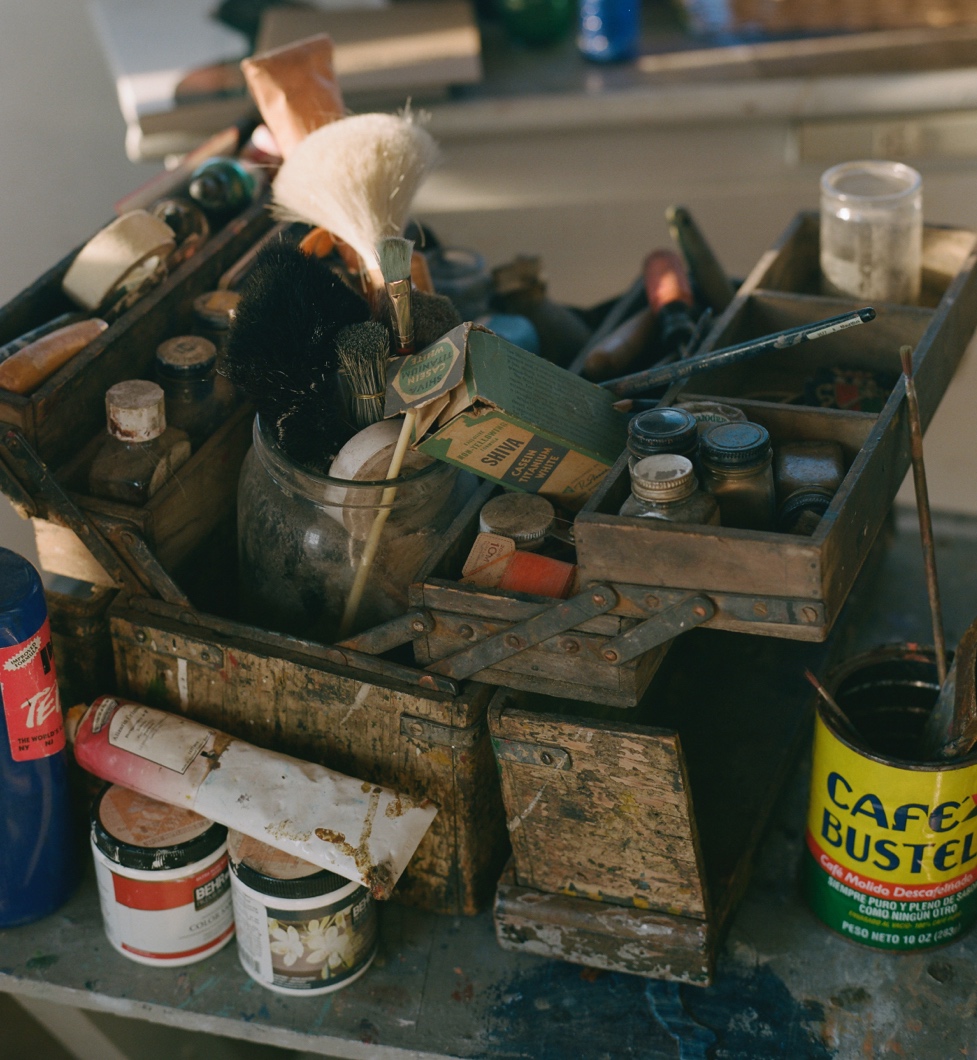
I got rid of all my vintage stuff when I first moved to New York—I just kept my vintage Polo stuff and a few other things—but then I started building it again. I was working for a record label at the time, and we got bought by Universal, and that’s what I put my money toward. I had an addiction to buying objects and art and statues and vintage clothes, and all this stuff. Eventually, I learned where the stores got their stuff from, and how to buy it myself like a dealer. And at that point, I basically had an opportunity to transition from the music industry into the fashion one. That’s when I created [my fashion consulting business] A Noble Savage, and I started doing some other things.
But my ultimate point is this: That it all works together. I just got started with one thing—and once I started, I just couldn’t stop.
- © Ralph Lauren Corporation






